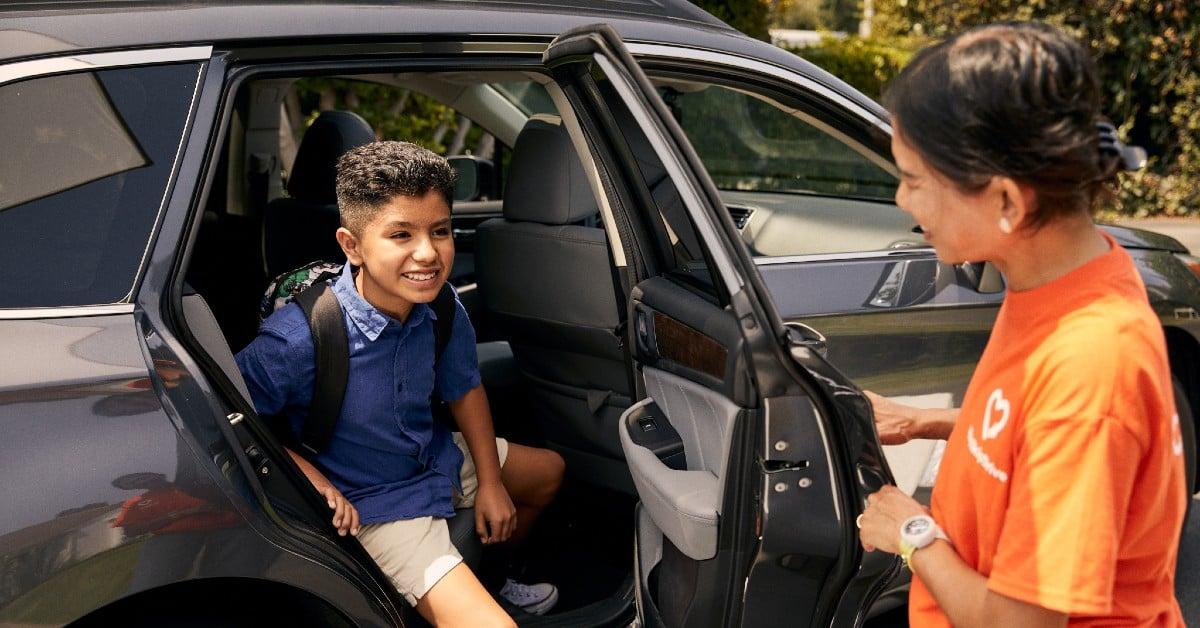Why the Washington Post says we need to rethink school transportation (and how alternative solutions are helping)
Every day, 25 million kids use the largest mass transit system in the country: school transportation. While traditional yellow school buses safely transport kids to and from classrooms all over the U.S., it’s unfortunately not a fit for all students.
Some students cannot take the school bus because they’re not on a route or because they have unique physical or social needs.
The Washington Post recently published this report on youth transportation, focusing on the lack of innovation in the past few decades, and how alternative solutions like HopSkipDrive are helping change the industry.
“School transportation hasn’t changed much since it started [in the 1970s],” Jennifer Schiess of Bellwether Education Partners told the Washington Post. Bellwether is a national nonprofit aimed at improving outcomes for underserved children—partly due to stagnant state funding and rising costs. “There hasn’t been a lot of money available to innovate,” said Schiess.
Here are some of the key points of the piece:
Increased federal funding led to expanded school of choice programs, but state funding couldn’t keep up. As a result, many students endure long public bus rides and other transportation barriers that make it extremely tough for them to attend their school of choice.
School buses can’t meet the needs of all students; districts need alternative transportation solutions. For example, traditional school transportation may not work for students with special needs, students on IEPs, McKinney-Vento students, and youth in foster care.
There is a nationwide shortage of qualified bus drivers, which makes it challenging to keep up with routing demands under current transportation models.
Alternative transportation solutions like HopSkipDrive help students who don’t fit neatly onto bus routes, and who need non-routine transportation. By helping students get to school, these solutions help combat chronic absenteeism, leading to better educational outcomes, increased academic performance, and a narrowed opportunity gap.
Every student deserves access to an education, and a safe way to get it. The school bus works for a lot of kids, but student transportation is evolving. This is a good thing, because kids who were underserved by traditional school transit now have options that work better for them.
To read the full article in the Washington Post,
go here
.
With all these routing needs, transportation directors may find themselves with an influx of new requests. HopSkipDrive helps by providing a flexible solution that can easily be put in place by the next day. Get a free quote here.
Want to learn more about HopSkipDrive can help? Go here.


